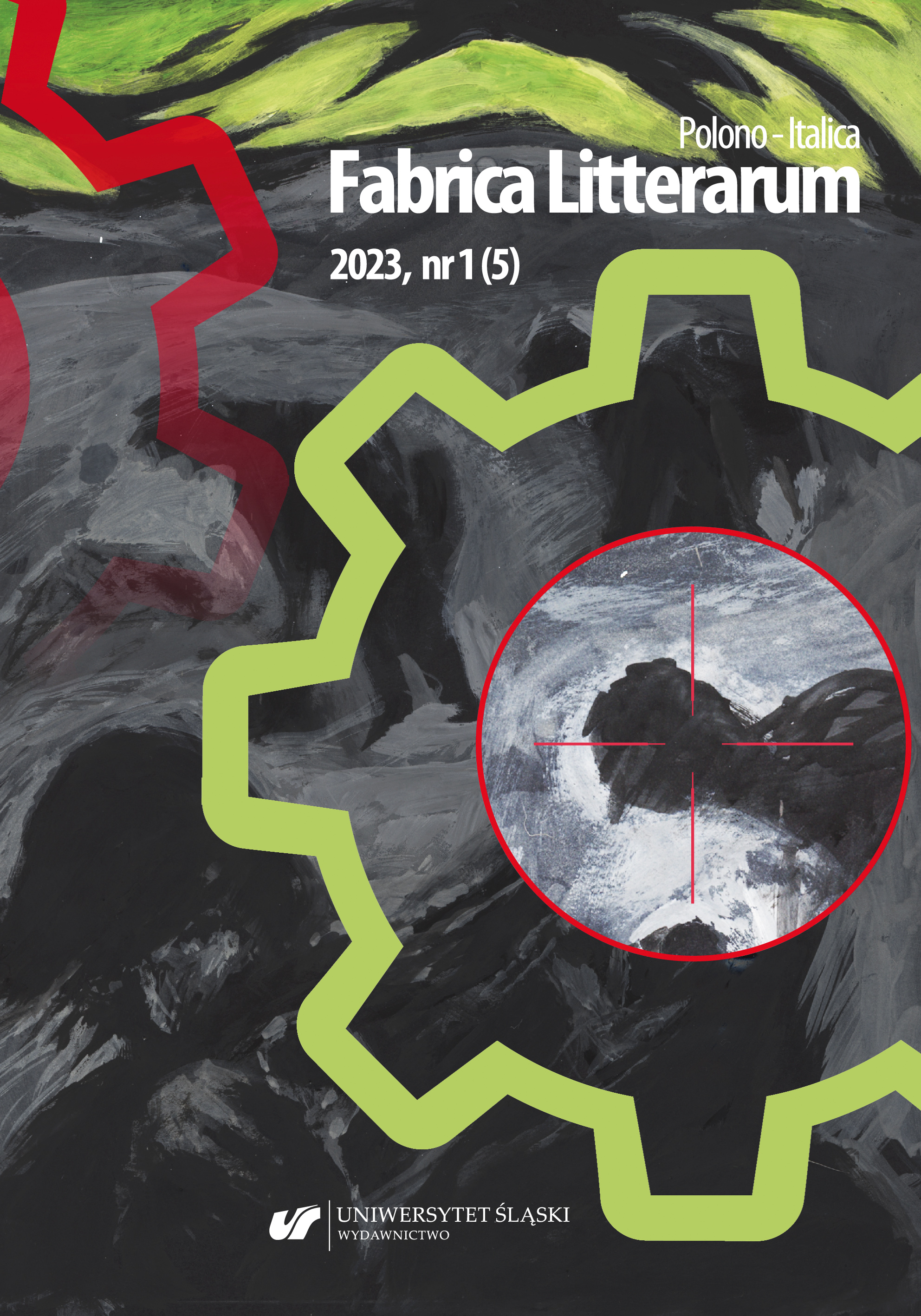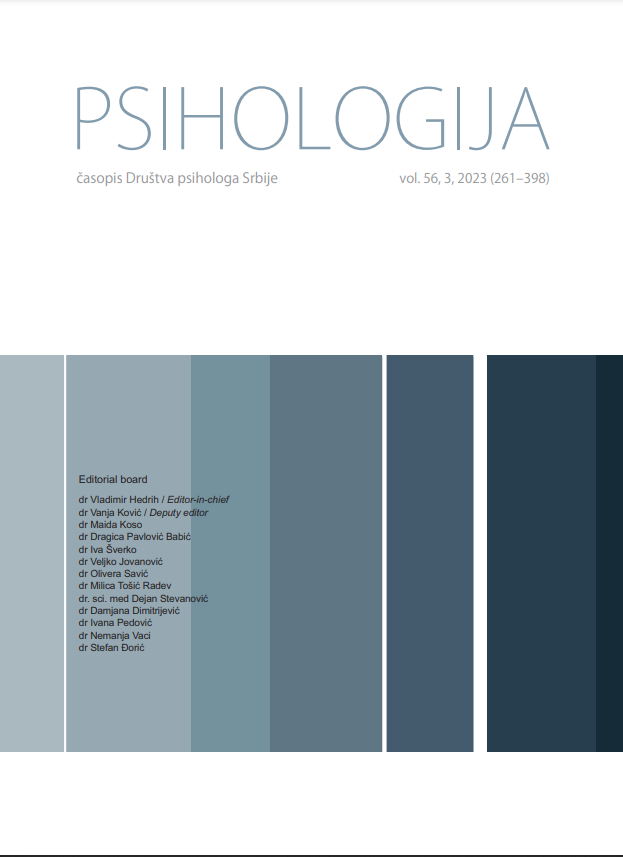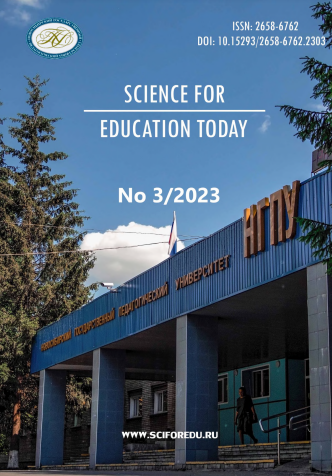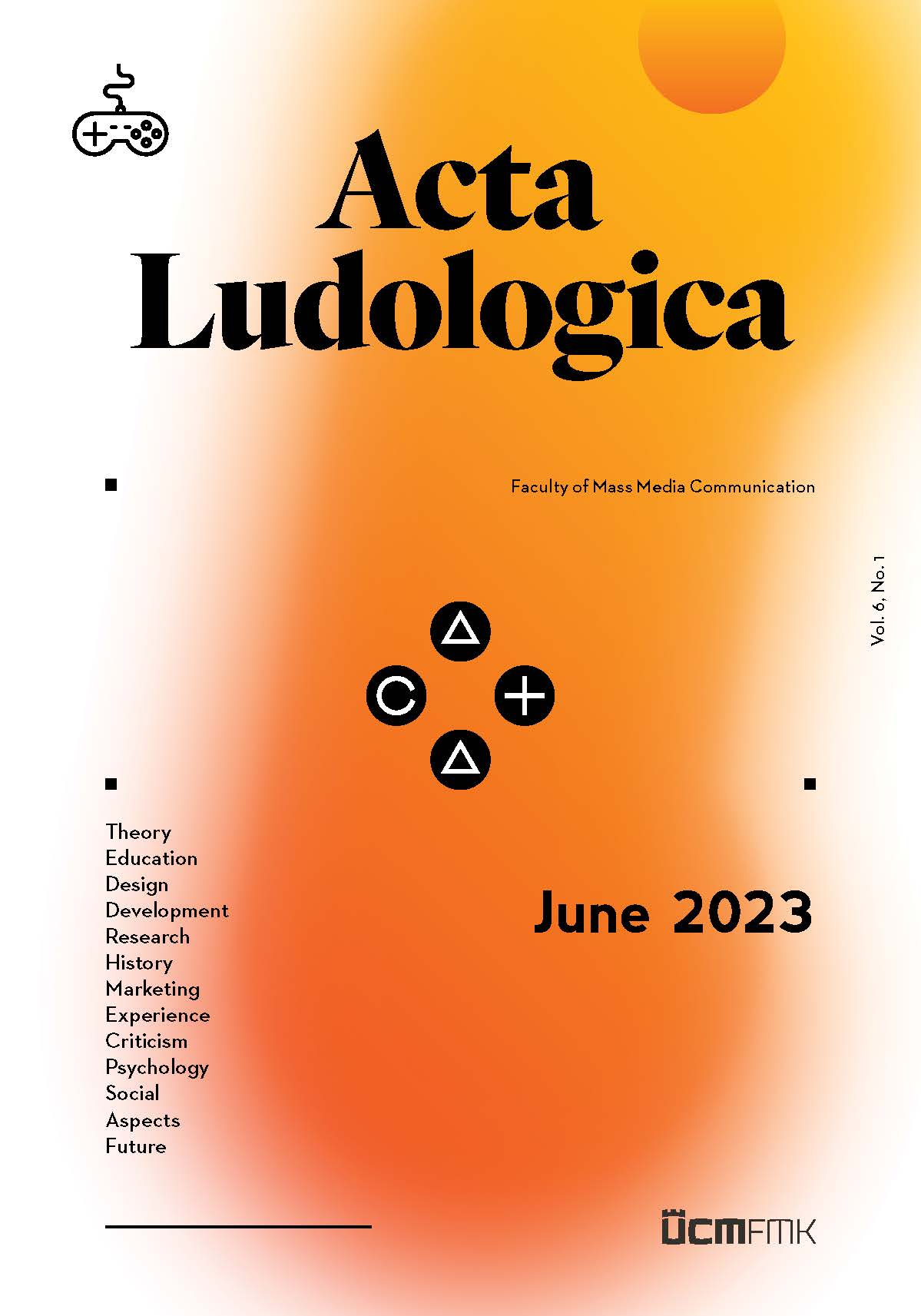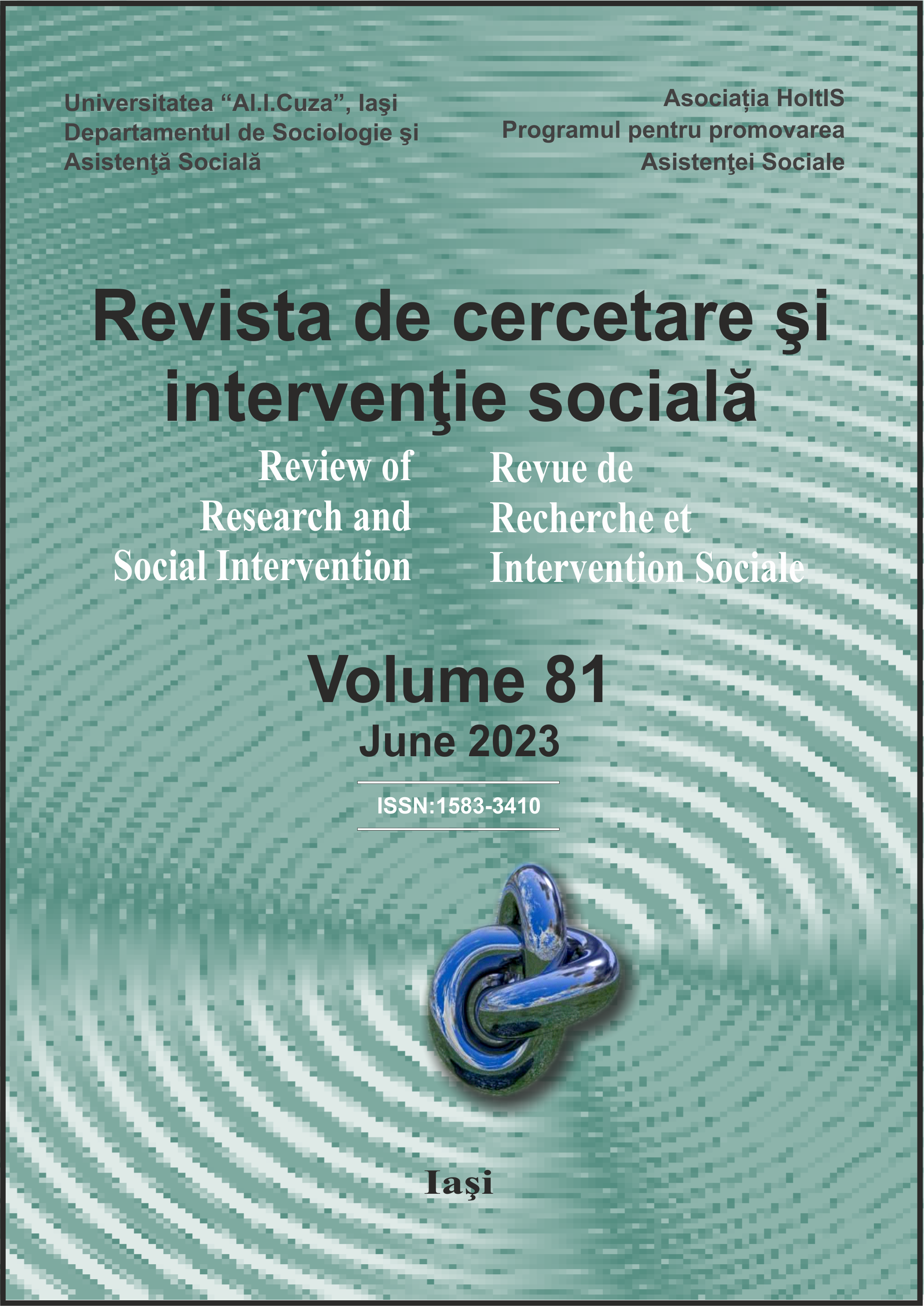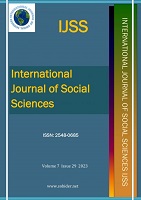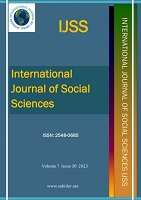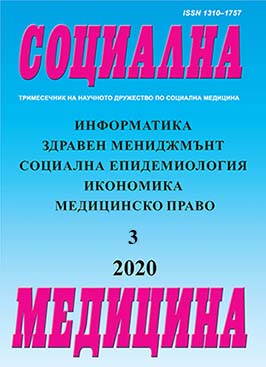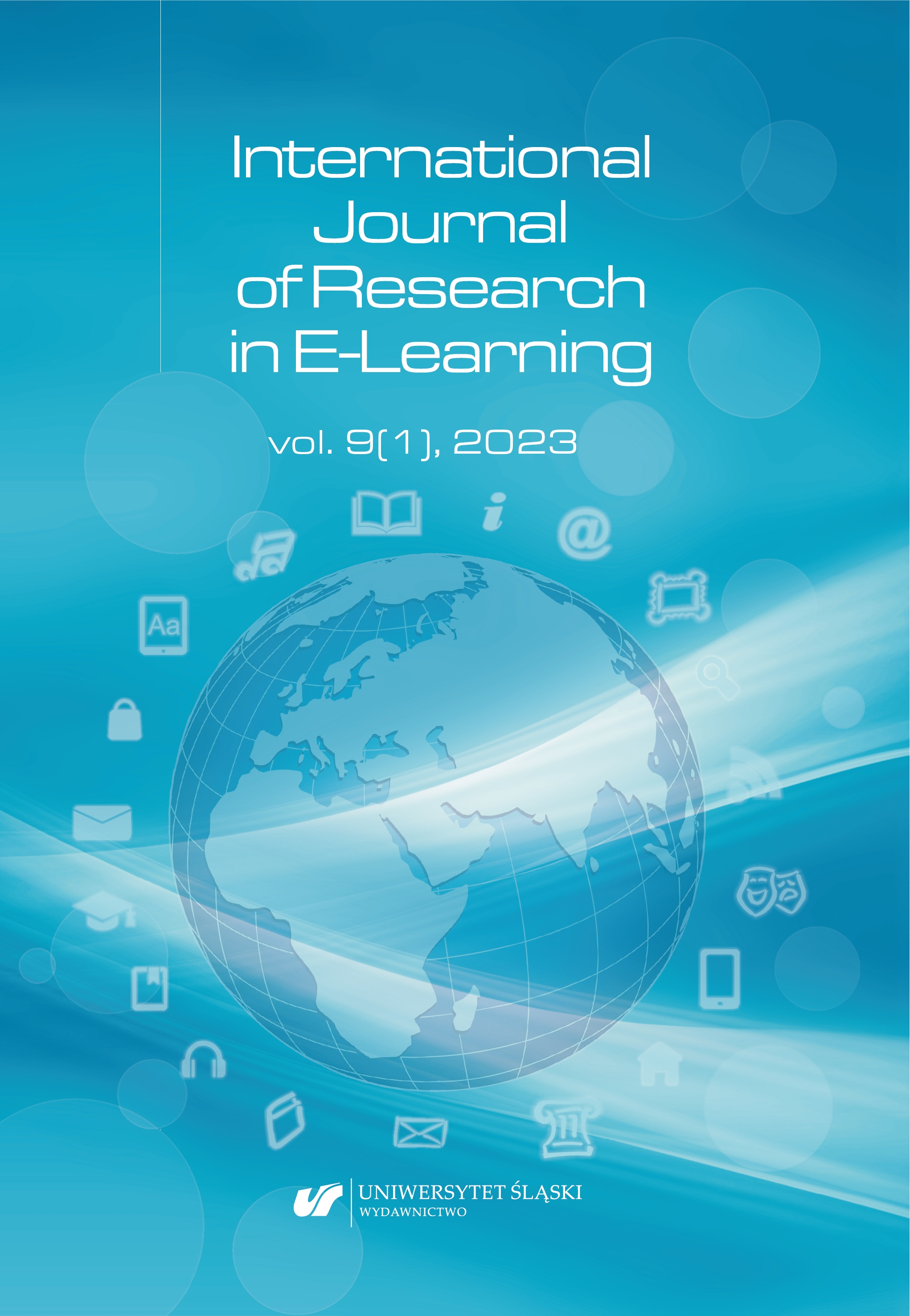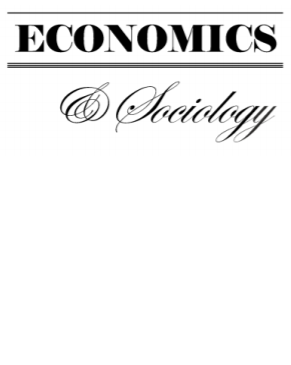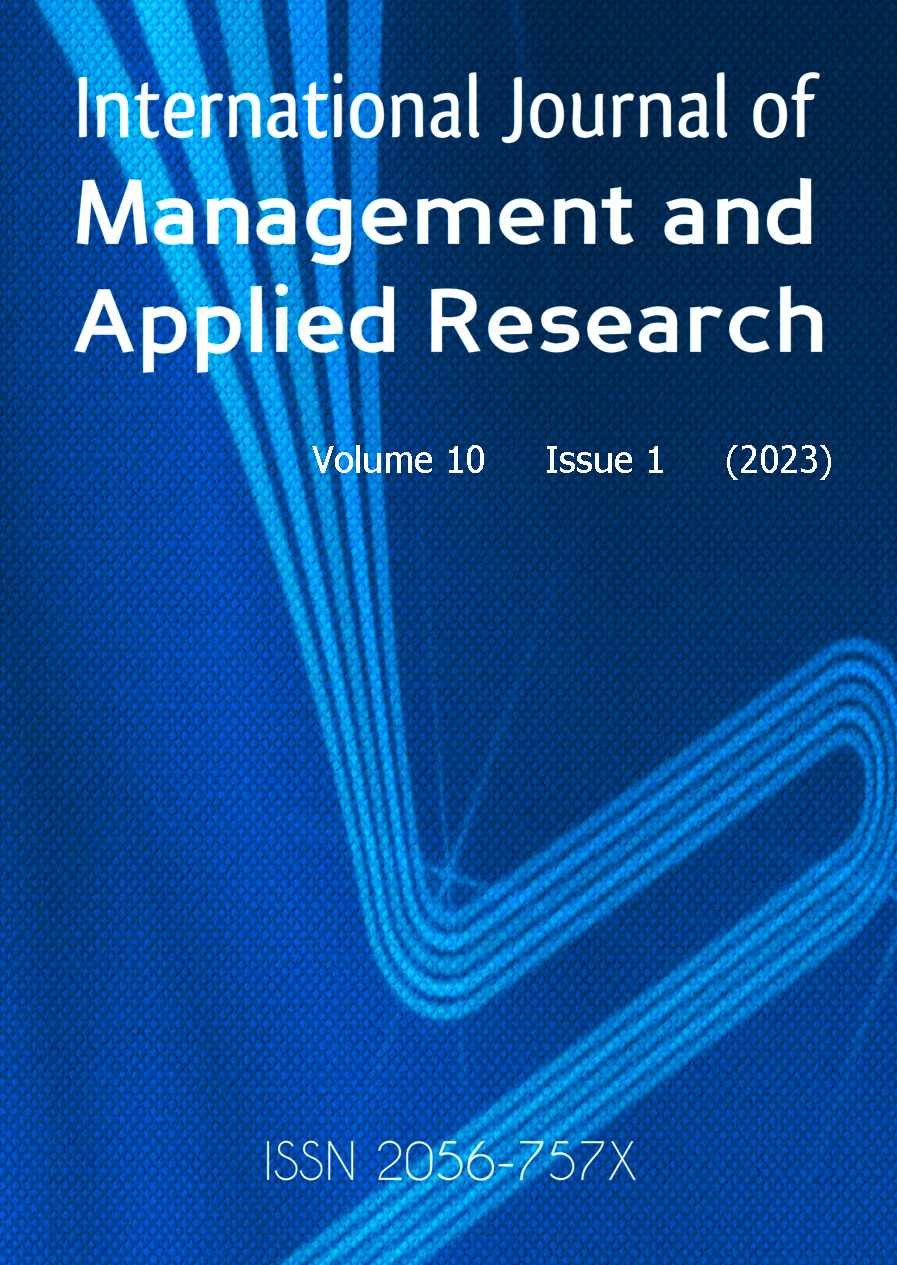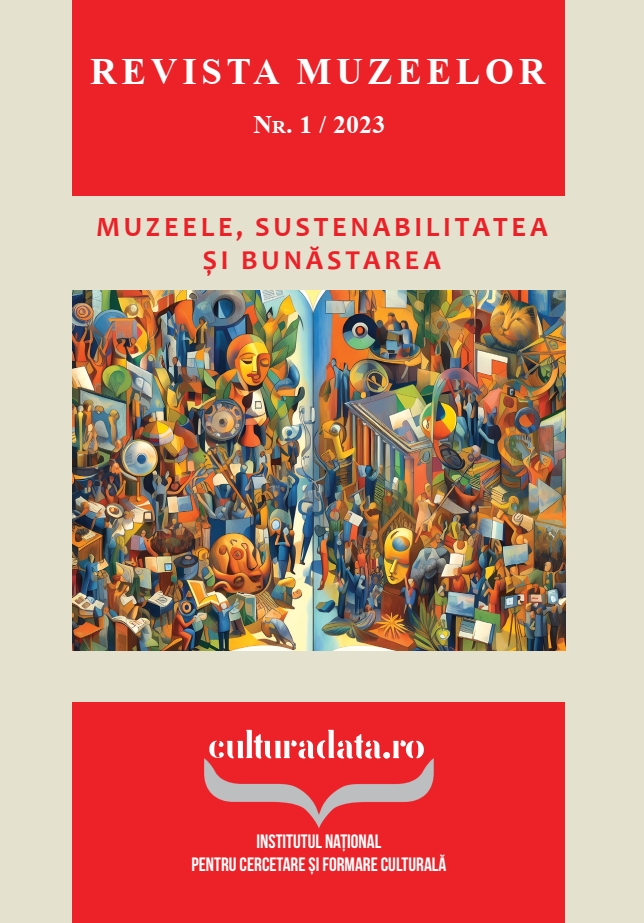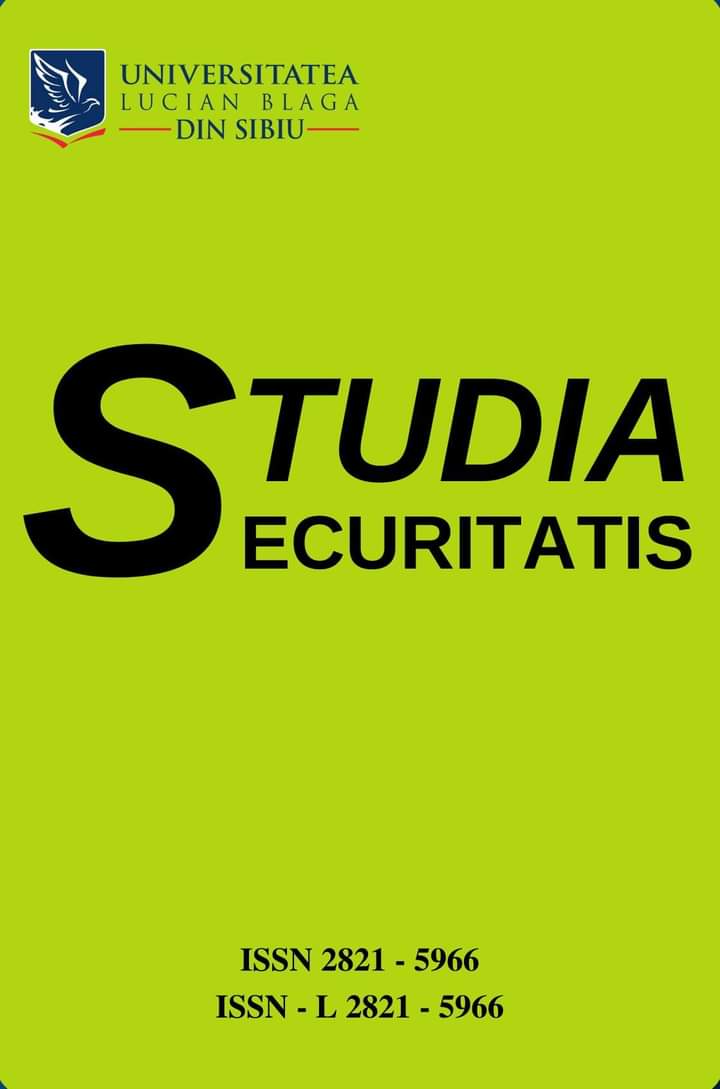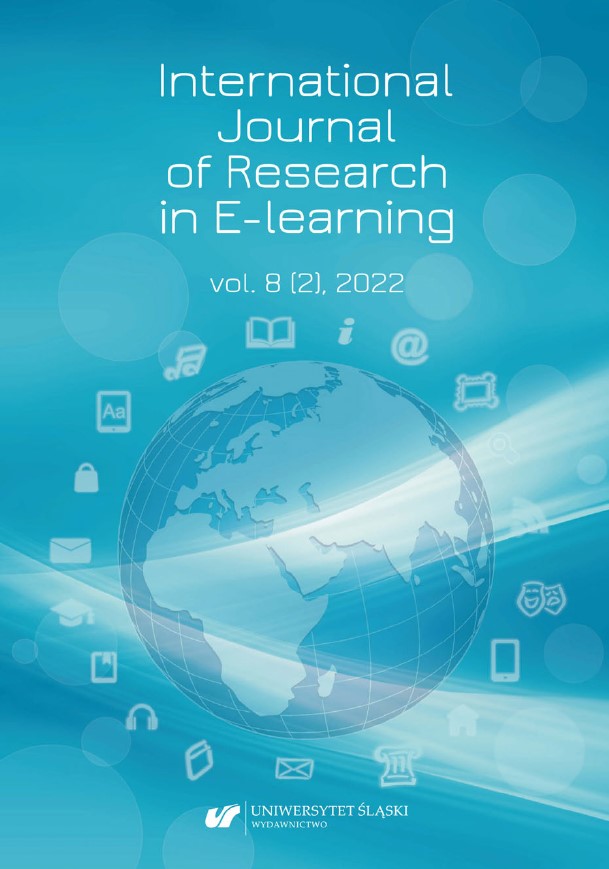
Analysis of the Needs of Social Workers Regarding Their Utilization of ICT in the System of Provision of Social Services (Kyiv City, Ukraine)
The use of information and communication technologies (ICT) is an important element in the work of social workers. Recent progress in ICT creates fundamentally new opportunities for social work in the provision of social services, including high-quality and timely responses to the requests of vulnerable population groups and persons in crises. In the information sector, work in the social sphere requires knowledge and skills in effective search, accumulation, processing, storage, presentation, and transmission of data using computers and computer networks. A social worker must be able to use information and computer technologies both for self-development in the professional sphere and for organizing their daily practical activities and solving socially significant problems. Therefore, it is necessary to form and develop ICT competence in professional activities for the quality provision of social services. The purpose of the study is to determine the ICT tools used in the practical work of social workers in the provision of social services, the scope of ICT application, and the analysis of the needs of social workers in Kyiv regarding the introduction of ICT into the system of providing social services. An online survey of social workers of state and non-state organizations in Kyiv, which provide social services to vulnerable population groups and persons in crises, was conducted. The theoretical sampling method was used, which made it possible to formulate generalized recommendations regarding introducing ICT tools into the social services system. To determine the typical ICT tools and directions of ICT used in social work, an expert meeting was held with specialists of the Department of Information and Analytical Work of the Kyiv City Center of Social Services. Resource monitoring was used for the automated search of information on the Internet. The authors of the article researched the information and communication technologies used by social service providers in their work and highlighted the prospects of ICT tools in state and non-state organizations. The ICT tools that are most often used in the provision of social services have been determined as a result of a survey of social service workers of state and non-state organizations in Kyiv. These tools are grouped into three main categories: communication channels, information dissemination channels, and methods of building online service provision processes. The key needs of social workers regarding the use of ICT tools in the process of providing social services and the most typical challenges in the implementation of these technologies are presented in the article. The authors identified the advantages of using ICT in the provision of social services and proved the effectiveness of the use of electronic services as a quick and effective tool in the process of meeting the requests of vulnerable population groups. The prospects for the use of ICT in the provision of social services are highlighted as well. It has been shown that the use of information and communication technologies in the provision of social services will positively affect the quality of the provision of social assistance and social services. The use of these technologies by social institutions makes it possible not only to effectively respond to the challenges of the military situation in Ukraine but also to promptly respond to the requests and needs of social service recipients and provide them with quality services. The authors presented the main ICTs that can be used by social workers when providing social services.
More...
